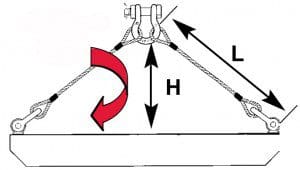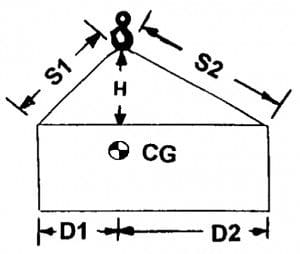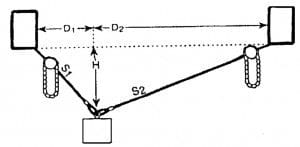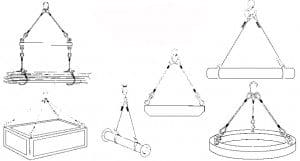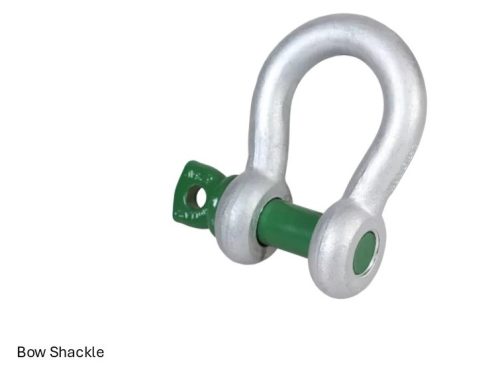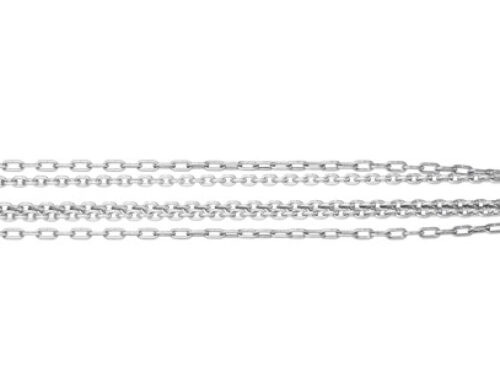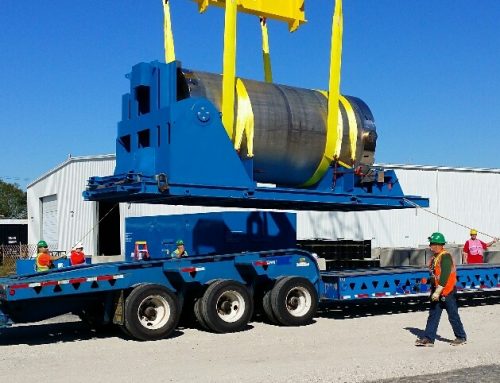Sling Angles: Two Legged Sling – Wire Rope, Chain, and Synthetics
| Horizontal Sling Angle (A) Degree | Load Angle Factor = L/H |
| 90 | 1.000 |
| 60 | 1.155 |
| 50 | 1.305 |
| 45 | 1.414 |
| 30 | 2.000 |
*Load on each legs of the sling = vertical share of Load X Load Angle Factor
HORIZONTAL SLING
ANGLES OF LESS THAN
30 DEGREES
ARE NOT
RECOMMENDED.
REFER TO ASME B30.9
FOR FULL
INFORMATION
Operating Practices: ASME B30.9
Whenever ANY sling is used, the following practices shall be observed:
1. Slings that are damaged or defective shall NOT BE USED
2. Slings shall NOT be shortened with knots or bolts or any other makeshift devices
3. Sling legs shall NOT be kinked
4. Slings shall NOT be loaded in excess of their rated capacities
5. Slings used in a basket hitch shall have the loads balanced to prevent slippage
6. Slings shall be securely attached to their loads
7. Slings shall be padded or protected from the sharp edges of their loads
8. Suspended loads shall be kept clear of all obstruction
9. All employees shall be kept clear of loads about to be lifted and of suspended loads
10. Hands or fingers shall NOT be placed between the sling and its load while the sling is being tighjtened around the load
11. Shock loading is prohibited!
12. A sling shall NOT be pulled from under a load when the load is resting on the sling
Inspection
Each day before being used, the sling, all fastenings, and attachments shall be inspected for damage or defects by a competent person designated by the employer. Additional inspections shall be performed during sling use where service conditions warrant. Damaged or defective slings shall be immediately removed from service.
Load Control

Reeving through connections to load
increases load on connection fittings by as much as twice. DO NOT REEVE!!!


